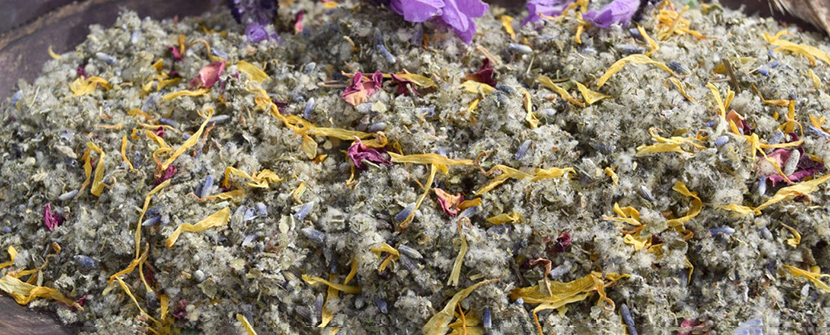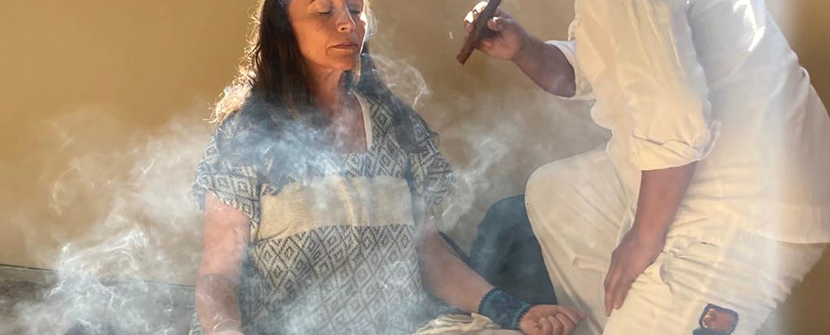Creating Custom Smoking Blends
Smoking blends are mixtures of herbs that can be smoked as an alternative or an addition to tobacco or cannabis. Smoking blends can have different effects, flavors, and aromas depending on the herbs used and their proportions. Smoking blends can also be used for medicinal, ceremonial, or recreational purposes.
Some examples of smoking blends made from tobacco and other herbs are:
Spliff
A spliff is a joint that contains both cannabis and tobacco. The tobacco can enhance the effects of cannabis, make it burn more evenly, and reduce the amount of cannabis needed. However, tobacco also has health risks and addictive properties that should be considered.
Island Magic
Island Magic is a smoking blend that contains tobacco, damiana, passionflower, and rose petals. It is designed to be a lovers’ blend that can enhance intimacy, relaxation, and pleasure. It has a floral and sweet flavor and aroma.
Morning Blend
Morning Blend is a smoking blend that contains tobacco, yerba mate, peppermint, and spearmint. It is intended to be an energizing and stimulating blend that can boost mood, focus, and alertness. It has a minty and refreshing flavor and aroma.
Luna
Luna is a smoking blend that contains tobacco, blue lotus, lavender, chamomile, and mugwort. It is meant to be a smooth and calming blend that can induce lucid dreams, visions, and astral projection. It has a floral and herbal flavor and aroma.
Neon
Neon is a smoking blend that contains tobacco, red clover, calendula, cornflower, and rose petals. It is a gourmet blend that has a colorful appearance and a rich flavor and aroma. It can create a mild euphoria and relaxation.
These are just some of the possible smoking blends made from tobacco and other herbs.
Some of the factors to consider when making your own blends are:
The base herb
This is the main herb that provides the body and the burn of the blend. It should be about 40-50% of the blend. Some examples of base herbs are mullein, raspberry leaf, damiana, marshmallow leaf, etc.
The supportive herb
This is the herb that provides the effect or the action of the blend. It should be about 30-40% of the blend. Some examples of supportive herbs are skullcap, catnip, valerian, lobelia, etc.
The flavoring herb
This is the herb that provides the flavor or the aroma of the blend. It should be about 10-20% of the blend. Some examples of flavoring herbs are peppermint, spearmint, rose, lavender, sage, etc.
The optional herb
This is the herb that adds more body or weight to the blend. It can make the smoke more like tobacco smoke by increasing its density or harshness. It can be added in small amounts if desired. Some examples of optional herbs are coltsfoot, uva ursi, wormwood, etc.
When making your own smoking blends, it is important to use high-quality herbs that are organic or wild-crafted. You should also avoid herbs that are toxic or harmful when smoked12. Smoking any substance can have health risks and should be done with moderation and caution.🚬
To make your own smoking blend, you need to choose the herbs you want to use and the proportions you want to mix them in.
Here are some steps to follow:
- Decide on the purpose and the effect of your smoking blend. Do you want it to be relaxing, stimulating, euphoric, or something else? This will help you choose the supportive herb that will provide the main action of your blend.
- Decide on the flavor and the aroma of your smoking blend. Do you want it to be sweet, spicy, floral, or something else? This will help you choose the flavoring herb that will enhance the taste and smell of your blend.
- Decide on the body and the burn of your smoking blend. Do you want it to be smooth, dense, harsh, or something else? This will help you choose the base herb that will provide the bulk and the consistency of your blend. You can also decide if you want to add an optional herb that will add more body or weight to your blend.
- Gather your herbs and measure them according to the ratios you want. A good way to start is to use 40-50% base herb, 30-40% supportive herb, and 10-20% flavoring herb. You can adjust these percentages as you like. You can also add a small amount of optional herb if you want. You can use a scale or a measuring cup to measure your herbs by weight or volume.
- Mix your herbs well in a bowl or a jar. Make sure they are evenly distributed and blended. You can use your hands or a spoon to mix them. You can also grind them slightly if you want a finer texture.
- Store your smoking blend in an airtight container in a cool and dark place. You can use a glass jar, a metal tin, or a plastic bag. Make sure your herbs are dry and not moist before storing them. You can label your container with the name and the ingredients of your blend.
Enjoy your smoking blend by rolling it in papers, packing it in a pipe, or using any other method you prefer. You can also share it with your friends or give it as a gift. Remember to smoke responsibly and with moderation.
Congratulations, you have made your own smoking blend. You can experiment with different herbs and ratios to create different blends for different occasions.



